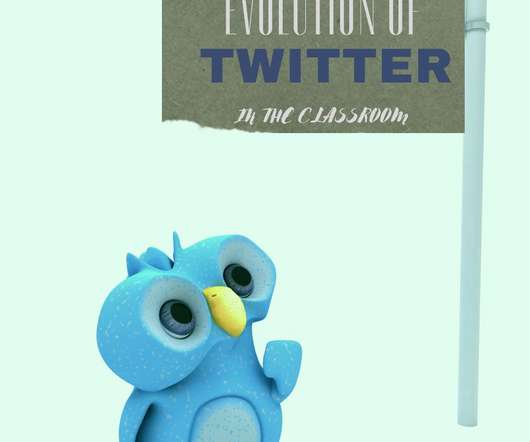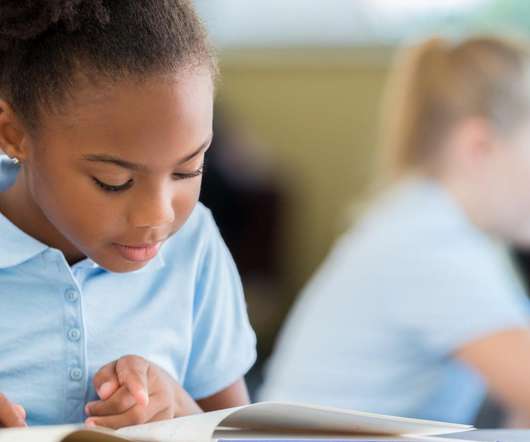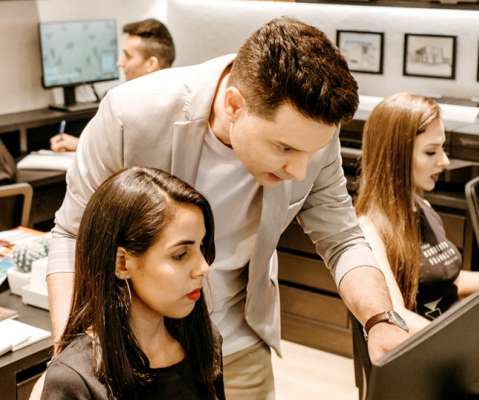Classroom Travels with Twitter: An Evolution
Ask a Tech Teacher
JANUARY 17, 2022
Twitter as a classroom resource, you ask? I began using Twitter in my classroom soon after its introduction in 2006. The discussion was based on the research of primary and secondary documents and was quite creative. Classroom Use. The social media platform became a resource when I was running on empty.
























Let's personalize your content